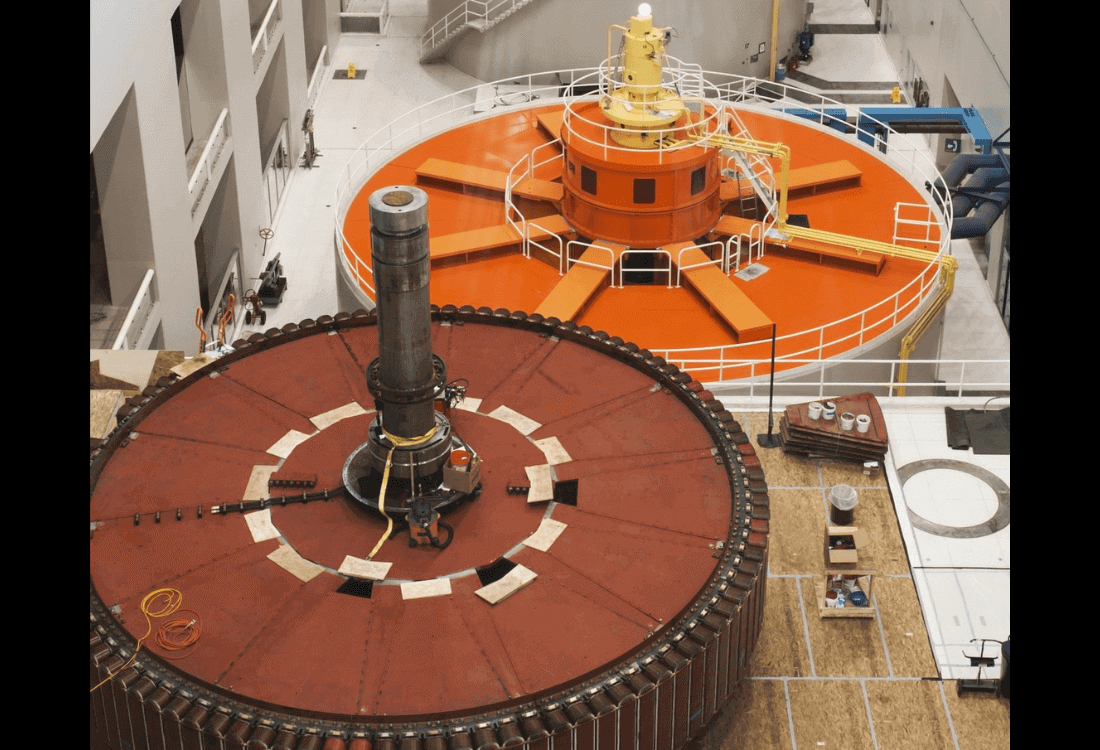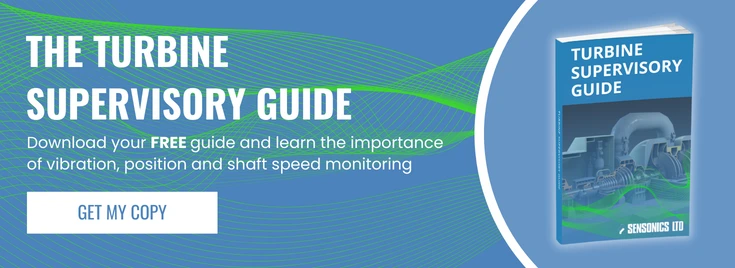What Are Capacitive Air Gap Sensors And How Are They Used On Hydrogenerators?
Capacitive air gap sensors are devices used to measure the distance or gap between two surfaces by utilising the principles of capacitance. In the context of hydrogenerators, these sensors are specifically designed to measure the air gap between the rotor and stator of the generator.
The air gap is a critical parameter in hydrogenerators and other electrical generators because it affects the efficiency and performance of the generator.
Here's how capacitive air gap sensors work and their application in hydrogenerators:
-
Capacitance Principle: Capacitance is the ability of a system of conductors and insulators to store electrical energy. The capacitance between two conductive surfaces is directly proportional to the surface area of the conductors and inversely proportional to the distance between them. As capacitance sensors are impervious to the effect of magnetic fields, this makes them the ideal choice for generator applications where strong magnetic fields rule out most other techniques.
-
Sensor Design: Capacitive air gap sensors typically consist of two main components - a gap sensor mounted on the stator targeting the rotor poles as they pass. The probe and target form the capacitor plates, and as the rotor spins, the distance between these plates (the air gap) changes.
-
Measurement: As the rotor rotates, the capacitance between the probe and target varies with the changing air gap. The sensor measures these changes in capacitance, and this information is then converted into a corresponding distance or gap measurement.
-
Use in Hydrogenerators: In hydrogenerators, maintaining the optimal air gap between the rotor and stator is crucial for efficient power generation. Too large or too small of an air gap can lead to performance issues, such as reduced efficiency, increased wear and tear, and potential damage to the generator.
-
Monitoring and Control: Capacitive air gap sensors are used to continuously monitor the air gap in real-time. This information is fed back to the generator's control system, allowing for precise control and adjustment of the rotor-stator distance. This ensures that the generator operates within its designed parameters, optimising performance and preventing potential damage.
-
Advantages: Capacitive air gap sensors offer several advantages, including high accuracy, fast response times, and the ability to operate in harsh environmental conditions often present in hydroelectric power plants.
In summary, capacitive air gap sensors play a critical role in hydrogenerators by providing real-time measurements of the air gap between the rotor and stator. This enables efficient and reliable operation of the generator, contributing to overall power plant performance.
For more information visit or contact the Sales Office at Sensonics Ltd.



